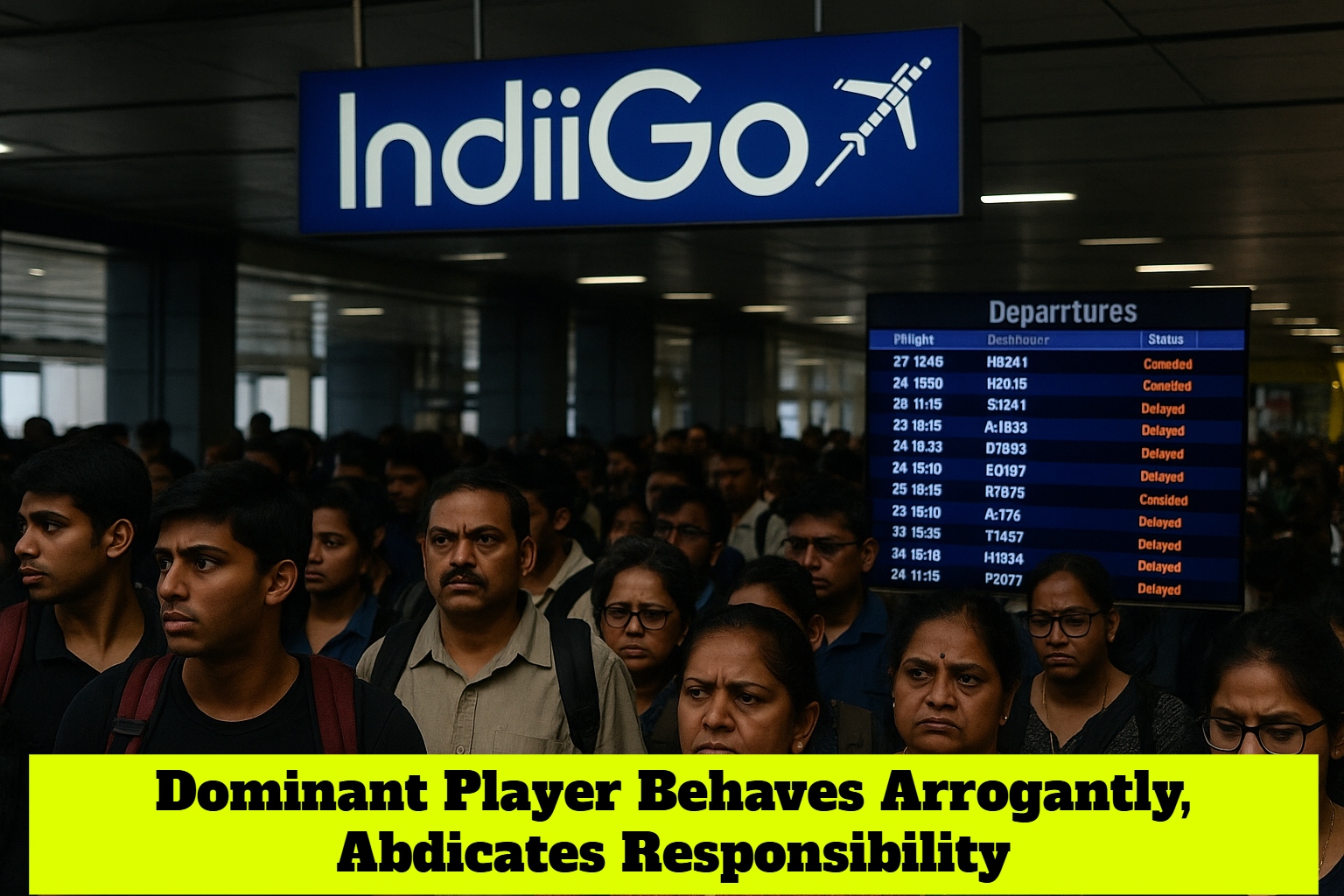

By Our Editorial Team
First publised on 2023-12-25 02:37:43
The Chief Economic Advisor V Anantha Nageswaran rightfully raised concerns about the opaque nature of credit rating methodologies used by agencies like Moody's, Standard & Poor's, and Fitch. Despite India's impressive economic growth, soaring foreign exchange reserves, and a clean record of debt obligation fulfillment, its sovereign credit rating remains disappointingly low. Such ratings wield substantial influence in global capital markets, yet the current opaque process of assessment reveals biases against emerging economies like India. Governance indicators, heavily reliant on perceptions and value judgments, disproportionately impact India's credit ratings, rendering improvements in macroeconomic fundamentals inconsequential.
In sixteen years from 2006, India's GDP at current prices has risen 3.6 times from $940 billion to $3.4 trillion. During this time, it has progressed from being the world's 14th to the 5th largest economy. The country's foreign exchange reserves were just $177 billion at the end of 2006. They are $616 billion now. India has never defaulted on its external debt obligations. Yet, S&P and Fitch both rate India at BBB- (the lowest investment grade). Surprisingly, they have not revised this rating since January 2007 and August 2006 respectively. Moody's, upgraded India's credit from the lowest investment grade (Baa3) to the next level (Baa2) in November 2017 but restored it to Baa3 in June 2020. Turning a blind eye towards India's rapid economic strides in the last two decades shows that these ratings follow a faulty methodology, are outdated and prejudiced.
These credit ratings, ideally, should stem from robust quantitative metrics. However, they often rely on subjective assessments, leaving room for opacity and information gaps. While flawed, these ratings are pivotal in today's global financial landscape where immense capital flows rapidly across borders. Yet, academic literature and research highlight the biases of CRAs against emerging economies, painting a grim picture of their predictability and analytical credibility.
CRAs defend their methodologies, asserting the incorporation of qualitative factors like political assessments. But even on these parameters, India is a democracy with a stable government and independent judiciary and media. Hence, such assessments, particularly in complex countries like India, require precision and transparency beyond unverified commentary. Overreliance on non-transparent qualitative factors results in skewed global outcomes, undermining the credibility of these agencies.











